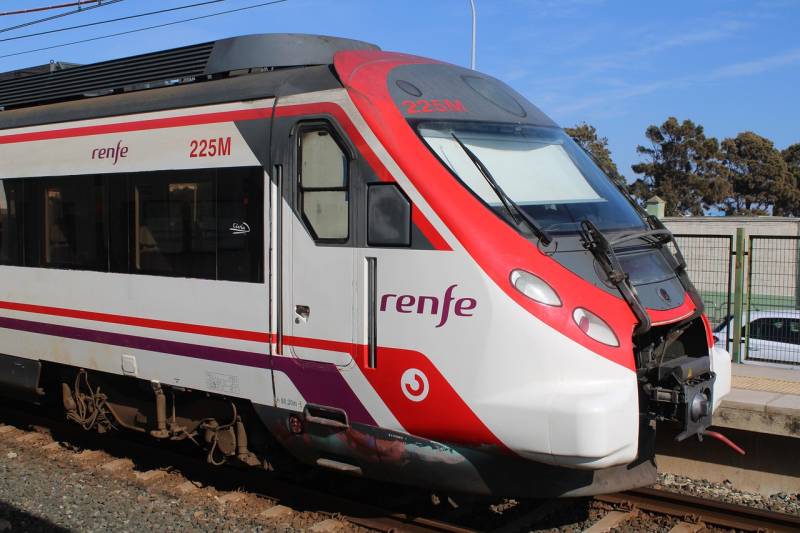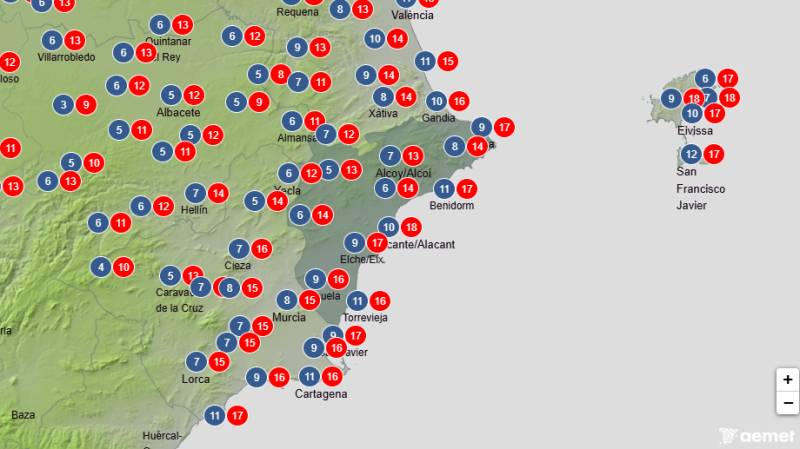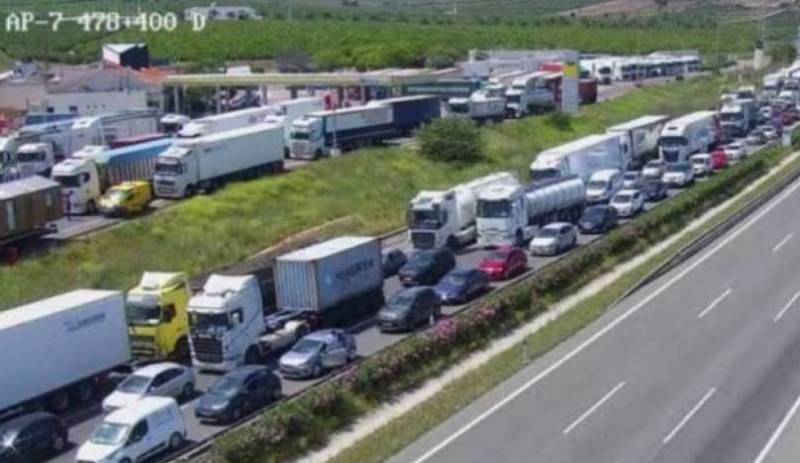- Region
- Águilas
- Alhama de Murcia
- Jumilla
- Lorca
- Los Alcázares
- Mazarrón
- San Javier
-
ALL AREAS & TOWNS
- AREAS
- SOUTH WEST
- MAR MENOR
- MURCIA CITY & CENTRAL
- NORTH & NORTH WEST
- TOWNS
- Abanilla
- Abarán
- Aguilas
- Alamillo
- Alcantarilla
- Aledo
- Alhama de Murcia
- Archena
- Balsicas
- Blanca
- Bolnuevo
- Bullas
- Cañadas del Romero
- Cabo de Palos
- Calasparra
- Camping Bolnuevo
- Campo De Ricote
- Camposol
- Canada De La Lena
- Caravaca de la Cruz
- Cartagena
- Cehegin
- Ceuti
- Cieza
- Condado de Alhama
- Corvera
- Costa Cálida
- Cuevas De Almanzora
- Cuevas de Reyllo
- El Carmoli
- El Mojon
- El Molino (Puerto Lumbreras)
- El Pareton / Cantareros
- El Raso
- El Valle Golf Resort
- Fortuna
- Fuente Alamo
- Hacienda del Alamo Golf Resort
- Hacienda Riquelme Golf Resort
- Isla Plana
- Islas Menores & Mar de Cristal
- Jumilla
- La Azohia
- La Charca
- La Manga Club
- La Manga del Mar Menor
- La Pinilla
- La Puebla
- La Torre
- La Torre Golf Resort
- La Unión
- Las Palas
- Las Ramblas
- Las Ramblas Golf
- Las Torres de Cotillas
- Leiva
- Librilla
- Lo Pagan
- Lo Santiago
- Lorca
- Lorquí
- Los Alcázares
- Los Balcones
- Los Belones
- Los Canovas
- Los Nietos
- Los Perez (Tallante)
- Los Urrutias
- Los Ventorrillos
- Mar De Cristal
- Mar Menor
- Mar Menor Golf Resort
- Mazarrón
- Mazarrón Country Club
- Molina de Segura
- Moratalla
- Mula
- Murcia City
- Murcia Property
- Pareton
- Peraleja Golf Resort
- Perin
- Pilar de la Horadada
- Pinar de Campoverde
- Pinoso
- Playa Honda
- Playa Honda / Playa Paraíso
- Pliego
- Portmán
- Pozo Estrecho
- Puerto de Mazarrón
- Puerto Lumbreras
- Puntas De Calnegre
- Region of Murcia
- Ricote
- Roda Golf Resort
- Roldan
- Roldan and Lo Ferro
- San Javier
- San Pedro del Pinatar
- Santiago de la Ribera
- Sierra Espuña
- Sucina
- Tallante
- Terrazas de la Torre Golf Resort
- Torre Pacheco
- Totana
- What's On Weekly Bulletin
- Yecla


- EDITIONS:
 Spanish News Today
Spanish News Today
 Alicante Today
Alicante Today
 Andalucia Today
Andalucia Today
Rambla de Méndez Núñez in Alicante City
Alicante’s main central boulevard joining the city centre to the port
The Rambla de Méndez Núñez, also known as La Rambla, is the main arterial road that runs from the city centre of Alicante down towards the sea and the Explanada de España, separating the barrio del Centro (district) and the barrio de Santa Cruz (old quarter of Alicante).
This is the main thoroughfare linking the centre of the city to the port and seafont and is a focal point for many of the main festivities and parades which take place in the city.
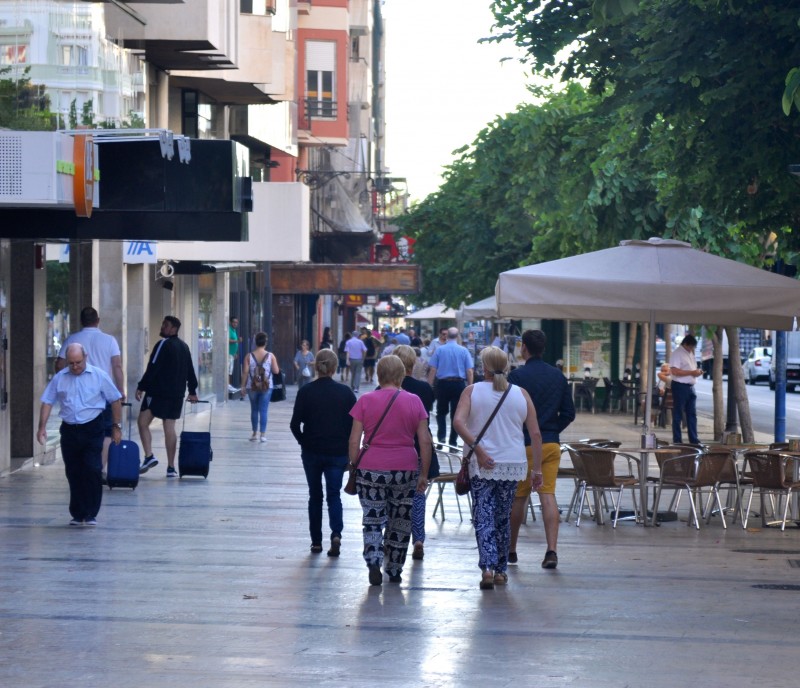
It was named after the 19th century Spanish naval military officer called Casto Méndez Núñez, who was the General Commander of the Spanish fleet in 1866 during the Chinca Island War between Spain, Peru and Chile. Before bombarding the port of Valparaiso, Méndez Núñez was confronted by the opposing South American troops, to whom he famously declared “I will be forced to sink your ships…Spain prefers honour without ships than ships without honour”. He was also the first man to circumnavigate the world on an ironclad warship.
The Rambla de Méndez Núñez that we see today is very different to how it appeared back in the 16th century when the street was named Calle de Muro (Wall Street), running perpendicular to the original fortified city walls. It also ran alongside what used to be the ravine of Canicia, which picked up waters from the Rambla during heavy rainfall. It wasn’t until the 19th Century that the walls were knocked down and a street was constructed, using the leftover rubble from the demolitions to fill in the ravine.
By the 20th Century the street had become a large, central and bustling promenade, and with the inauguration of the Mercado Central in 1912, reforms were carried on the Rambla to change it from an elevated walkway into a wide boulevard on the same level as the adjacent streets, lined by trees on both sides.
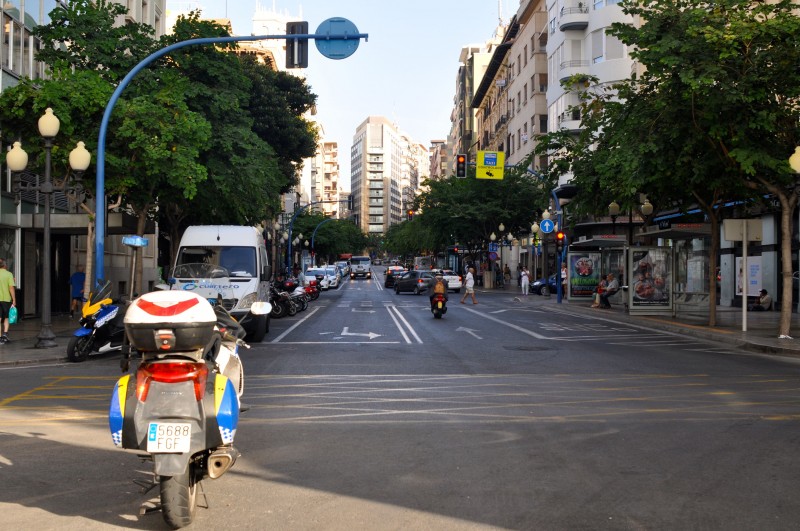
In the mid-twentieth century more buildings were demolished so that the Rambla extended to Calle Alfonso El Sabio and the Explanada de España, and after the city of Alicante suffered from the severe floods that took place in 1997, the town hall decided to construct a large underground rainwater collector beneath the Rambla to prepare the city for future downfalls.
Today the Rambla de Méndez Núñez is a very busy avenue home to restaurants, office blocks, banks and shops. It has three wide lanes of traffic that eventually turn into two lanes at the top of the avenue when the road splits by the city's Provincial Tower. The avenue has large sidewalks allowing restaurants to put out tables and chairs onto the street whilst also making room for the many benches, tall trees and bus stops dotted all the way up the street. There is access to the underground metropolitan tram station at the northern end of the Rambla near Mercado Central, and parking is available just off the street in the entrance to Plaza San Cristobal.
Due to its central location the Rambla de Méndez Núñez serves as a transit for many different festive parades that take place in the city of Alicante including the Christians and Moors festival, the Cabalgata de los Reyes Magos and the processions of Semana Santa. The Rambla also serves as one of the focal points of Las Hogueras de San Juan in June, during which the street is lined with numerous stalls selling hot food such as 'arroz' and 'churros', and in the February 'Carnaval' street fiestas, when a large stage is set up at the northern end of the street for live bands and DJs to perform to large crowds.
Click here for more information about visiting the City of Alicante, including what's on and where to go: Click for the dedicated Alicante City section












